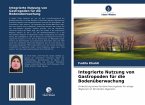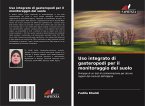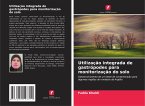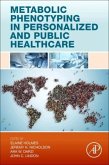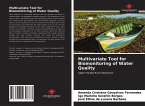In this study, we are interested in the in situ biomonitoring of soil contamination in some biotopes of the North-East of Algeria (Agglomeration of Souk-Ahras-Algeria), using a bioindicator of the terrestrial environment, the species of gastropods "Helix aspersa". The application of the Kruskal Wallis Test shows that the weight presents a significant difference between the samples taken from the different regions with (p<0.05) and the physico-chemical analysis of the soils indicates that the pH is alkaline (pH > 7.5) at the level of the studied regions. Soil textures are generally sandy, sandy-silty, and silty-clay in the different regions. The conductivity is <0.6. Samples from all regions are rich in organic matter (> 5%). Concerning the determination of metabolites (lipids, proteins and carbohydrates) and enzymatic biomarkers (GSH, CAT, APX), no significant difference was detected, which explains the high tolerance of Helix aspersa towards TMEs in particular and pollutants existing in the environment in general. Our results show that "Helix aspersa" has a high potential of accumulation of pollutants.




